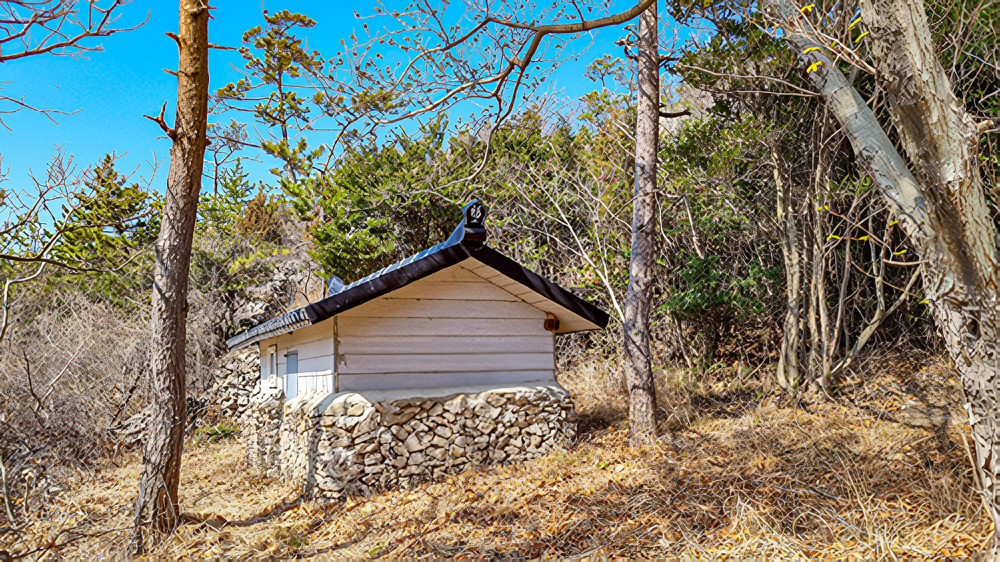Shinan Dangsan Forest Shinan Dangsan Forest
Shinan Dangsan Forest

Dangsan Forest (also known as Dangrim Forest) represents a sacred forest of village faith, enhancing the natural landscape of the village and creating a distinctive scenery that embodies the village's identity. This forest serves as a unique ecological resource that expresses the natural resources and historical culture, serving as a living treasure trove that preserves the records of ecology, culture, and history while coexisting with the local nature and culture.
Village Forests in Korea: Types and Functions *Source: Village Forests in Korea by Jeong, Young-cheol et al. 2015
| Sortation | Type | Content | ||
|---|---|---|---|---|
| Location | Donggu Forest | The Forest at the Village Entrance | ||
| Dongsan Forest | The Forest on the Small Mountain or Hill near the Village | |||
| Jebang Forest | The Forest on Riverbanks or Lake Embankments | |||
| Coastal Forest | The Forest on the Seashore | |||
| Function | Faith Forest (Folk Religion) |
Community Religion | Dang Forest, Seonag Forest, Dangsan Forest | Both faith forests and control forests serve various functions such as boundary, recreation, landscape, and production in a combined manner. |
| Geomancy Religion | Bibo(Sugumagi, Josan, Hyunggukbowan, etc) | |||
| Yeomseung(Banghae, Bangam, Bangsan, Bangsal, etc) | ||||
| Disaster Prevention Forest (disaster prevention) |
Hoan, Bangpung, Bangsu, Bangjo, Bangsa, Bangum, etc | |||
- Bibo : It refers to the function of replenishing weak or deficient energy naturally.
- Yeomseung : It refers to the function of restraining or subduing excessively strong energy.
Introduction to Dangsan Forest in Shinan County
The Dadohae region in Shinan County has ecological characteristics that are well adapted to the subtropical growth environment, and the Dangsan Forest possesses ecological features optimized for the geographic and climatic conditions of the islands.
As an indigenous vegetation that represents the region, the Dangsan Forest has developed and formed the unique forests of the villages. Traditionally, the local residents regarded the Dangsan Forest as sacred and restricted access, allowing it to maintain its natural appearance and preserve the distinctive characteristics of the area. Thus, it provides essential foundational data for understanding the natural environment and holds significant conservation value. However, over time, the precious ecological resource of the Dangsan Forest has been subject to damage, neglect, and loss due to changes in the village's living cultural environment, resulting in the disappearance of its traces.
Regarding the Dangsan Forest, Shinan County has had a vibrant history of Dangje (rituals related to Dangsan Forest), with around 333 villages having approximately 120 Dang sites (Choi Deok-won, 1983, Shinan County). Therefore, comprehensive surveys based on basic research data are needed to conduct professional ecological investigations on the Dangsan Forest, which is ecologically important and holds significant biodiversity. This will contribute to future systematic conservation and management efforts.




